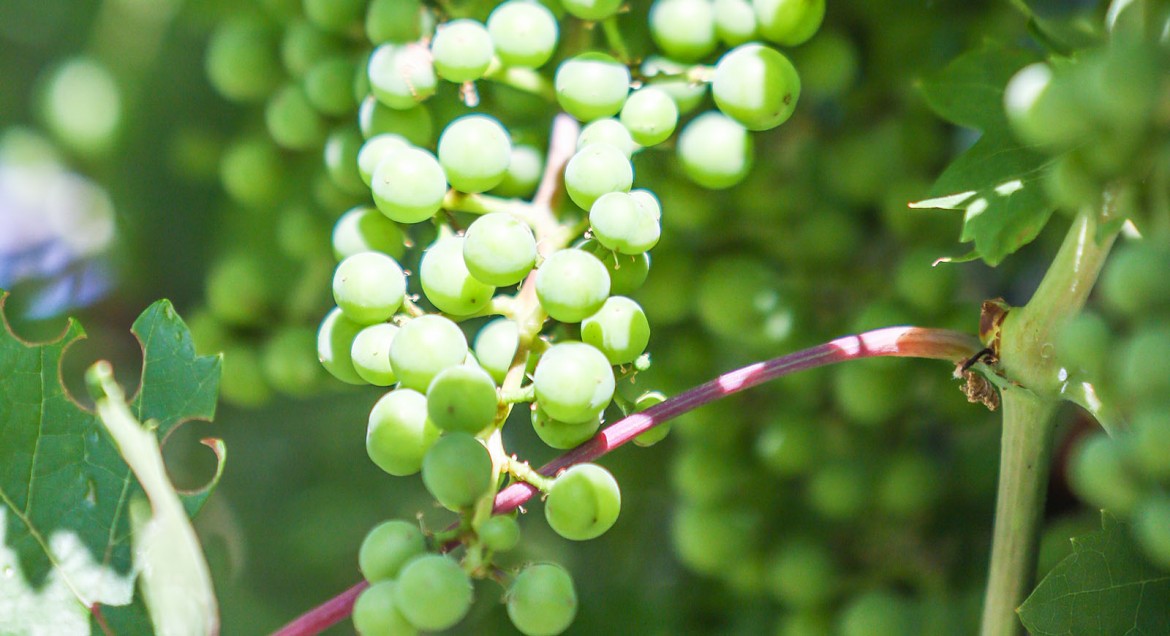Large vineyards are not something we see here in Lake Havasu City; however, there are many small vineyards tucked away in backyards throughout the city. These grapevines are trained on wire fences or wire trellises instead of neat rows that we have seen in photographs. Arizona’s weather is well-suited for grapes! Full sunlight and the right variety for our elevation, along with soil type, are the only big requirements for growing this fruit. Grapevines take approximately three years to mature and require pruning and staking during that time to insure proper fruit set.
The European grapes are the best for elevations below 4500 feet. The University of Arizona recommends the following varieties: Thompson Seedless, Cardinal (has seeds), Exotic (has seeds), Perlette (seedless) and Beauty Seedless.
Grapes take work, especially in the early years, but once established they will become a staple in your landscape.
Pruning is next and is extremely important. The grapevine that you just planted will have more than one cane so you must choose the largest and prune off all the others closely. After that you then need to prune the main cane that you chose back to only two buds. These two buds will produce the cane that will become the main trunk. You need to stake the vine to support the growth which will emerge in the spring. The two buds will develop into canes. At the end of the season (summer) you will select the most vigorous one and prune off the other one closely. This will become the main trunk. Let the cane reach approximately five feet and cut it back to 40 inches which will cause branching below the cut area. Once again, you will need to select four branches near the top of the main trunk and remove all others. The four remaining branches need to be cut back to two buds. These will develop into the fruiting canes. Pruning is required every year since improper dormant pruning will eliminate the ability to bear grapes for that season. Fresh new canes produce the grapes. As I previously stated, it takes approximately three years before the grape vine will mature and give a bountiful crop.
Irrigation is most important in the spring time when the grapes begin to leaf out, but deep pre-season irrigation in January and February will help. Grapes prefer good soil moisture around them to a depth of 1-2 feet.
Fertilization can be applied in January/February. Nitrogen along with ammonium sulfate is enough during the growing season. It is best to under fertilize grapes then to over fertilize. Over fertilizing will bring out more leaves and less fruit.
Grapes biggest predators are birds and powdery mildew. We are fortunate that we are a dry climate, so powdery mildew can be controlled easily. Not allowing water to spray onto the leaves can eliminate the mildew problem. Leafhopper, Grape Leaf Skeletonizer and Grape Beetles are the insects to be aware of.
Grapes take work, especially in the early years, but once established they will become a staple in your landscape. January and February are a month that we enjoy being outside and grape pruning comes at that time, now that’s “perfect timing.”
Dottie Holman is a Lake Havasu Master Gardener Emeritus. For details, call the Lake Havasu Master Gardeners hotline at 928-753-3788, email mohavece@cals.arizona.edu, or see them the first Tuesday of the month from 11am -1pm at the Mohave County Library.


